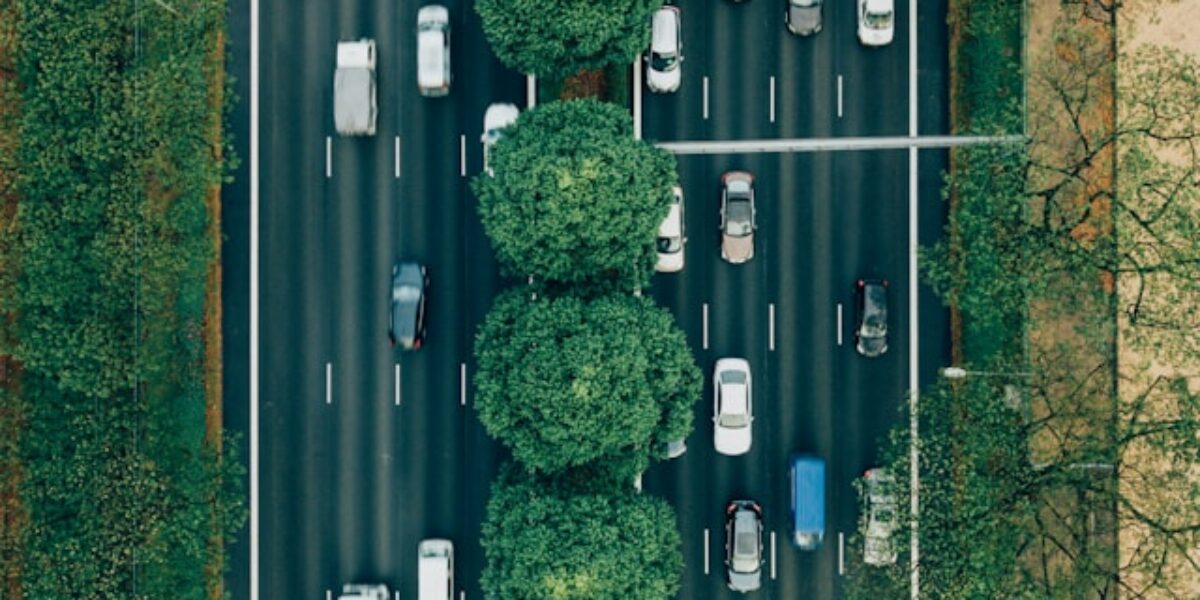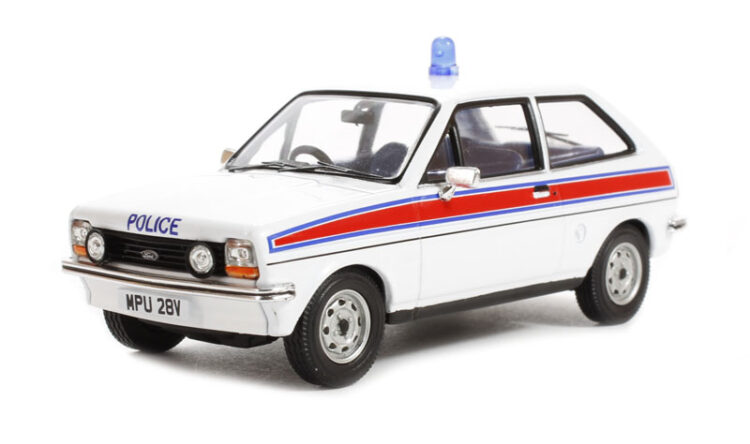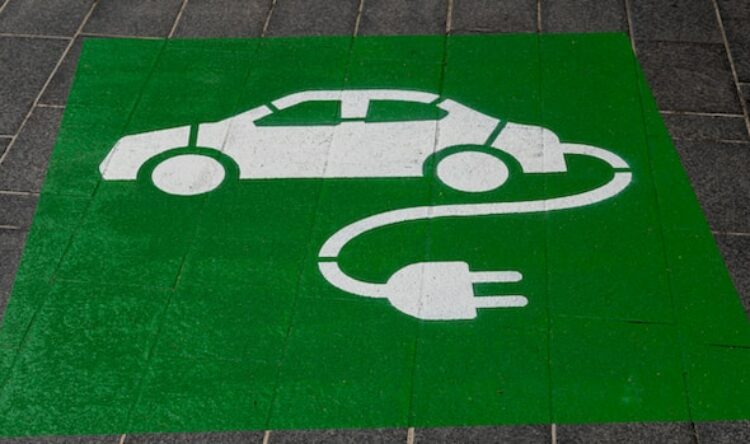Understanding basic rules
New campaign to help educate and remind drivers how to drive safely and responsibly
CLODs are in the sights of National Highways and the police.
A new campaign is targeting centre-lane only drivers, as well as tailgaters, after new research revealed the scale of the problem.
Tailgating is highly dangerous and intimidating, while centre lane only drivers can cause road safety issues but also increase congestion and delays on the roads.
Frustrating and frightening
One in three drivers have admitted to middle lane hogging.
Meanwhile, one in four have been guilty of tailgating on some of the nation’s fastest roads, figures released by National Highways reveal.
The survey findings show lane hogging was among the most likely behaviours to cause motorists and riders to feel frustrated, while tailgating was among the most likely to make them feel anxious, stressed or unsafe.
Almost a third (32%) of drivers admitted to lane hogging at least occasionally while driving on England’s motorways and major A roads.
Thinking about their most recent journey, around a third (34%) of those responding noticed middle lane hogging. Furthermore, many of them reported that it made them feel frustrated or angry.
Meanwhile almost seven in 10 adults in England (67%) say tailgating is a serious problem.
The survey was carried out by Ipsos UK on behalf of National Highways.
Breaking bad habits
National Highways director of road safety, Sheena Hague, said: “Bad habits can make driving on our motorways a challenging experience, as those who lane hog or tailgate frustrate other drivers and make them feel unsafe. Both are dangerous and can cause accidents.
“Our campaign aims to motivate motorists to embrace little changes, which will have an overall positive effect on both them and their fellow road users, reduce congestion and keep traffic flowing.
“The message is simple – always allow plenty of room between you and the vehicle in front, and unless overtaking move into the left-hand lane.”
Closing in
The survey of 2,500 adults, aged 16-75, also revealed nearly a quarter (23%) of drivers admitted to tailgating at least occasionally.
Nearly three quarters (73%) of people said that if they personally were to drive too close to the vehicle in front, this would be likely to cause an accident.
Around the same proportion (75%) said that if other drivers drive too close to their car, this would be likely to cause an accident.
Taking action
Lane hogging and tailgating both fall under the offence of careless driving with police officers having the power to hand out on-the-spot fines of £100 and three penalty points.
The new campaign – carrying the slogan ‘little changes, change everything’ – will feature on radio and television adverts, podcasts, roadside billboards, posters at motorway service stations, retails parks and petrol stations, and on social media.
“Considerate driving is not just about being kind, but it is about keeping safe,” says Edmund King, AA president. “The top five types of drivers loathed by AA members are the tailgaters, the lane-hoggers, the phone abusers, the lane swoopers, and the undertakers.
“All these activities are dangerous and, indeed, stressful for the perpetrators as well as other drivers. Sadly, some people seem to change personalities when cocooned in their metal boxes on wheels.”
RAC road safety spokesperson, Rod Dennis agrees, adding: “Simply put, middle lane hogging and tailgating are far more than mere annoyances for drivers – these actions put everyone on the roads at risk.
“The fact nearly one-in-four drivers surveyed admit to doing so on some of England’s fastest and busiest roads is frightening.
Rules of the road
Lane hogging can disrupt the flow of traffic leading to congestion and cause frustration to other road users. It can also lead to other drivers undertaking.
The middle lane should be used for overtaking, letting traffic onto the road, and when traffic conditions do not allow for driving in the left lane.
When traffic conditions allow, people should drive in the left-hand lane and if overtaking should return to the left-hand lane when it is safe to do so.
When it comes to close following, the Highway Code says drivers should “allow at least a two second gap between you and the vehicle in front on roads carrying faster moving traffic”. The two seconds are made up of the time needed for thinking and stopping. And when it’s raining drivers need to at least double that gap.







